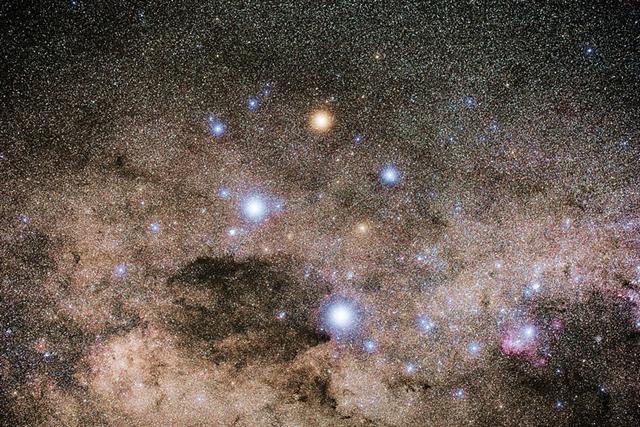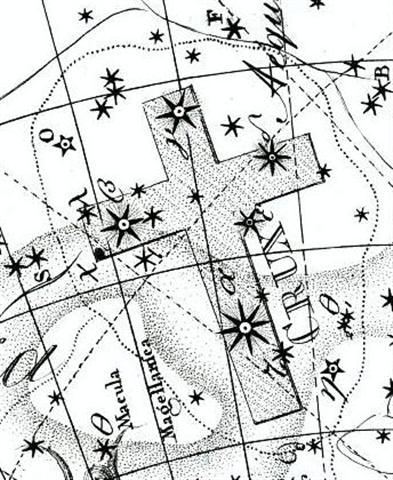|
JANUARY 27 (392) |
28 |
29 (*314) |
 |
 |
 |
|
Cb14-17 (346) |
Cb14-18 |
Cb14-19 (740) |
|
kokoti hia te
henua |
tagata hakaitiiti |
i te henua |
|
March 29 (88) |
30 |
31 (455 = 740 - 285) |
|
η ANDROMEDAE (*11)
*194 |
*377
COR
CAROLI (*195) |
*378
(SATURN)
VINDEMIATRIX (*196) |
|
DELTA (*8)
PORRIMA
(*191) |
DENEB KAITOS (*9)
MIMOSA
(*192) |
ACHIRD (*10)
*193 |
|
September
28 |
29 (272) |
30 |
At the time of rongorongo the
last glyph in the C text coincided with day
*378 (as in the cycle of Saturn) = *13 + 365
= April 3.
|
Synodic cycles |
|
Mercury |
115.88 |
|
Venus |
583.92 |
|
|
|
Mars |
779.96 |
|
Jupiter |
398.88 |
|
Saturn |
378.09 |
|
Uranus |
369.66 |
However, the creator of the C
text evidently used the positions of the
stars 3 precessional days earlier, when the
Sun was at the last day of March,
with the Full Moon at the last night of
September.
The Sun was here rising
together with Achird, with the Full Moon in
the night after Mimosa. *10 + 365 = *375 =
*378 - 3, and *10 + 183 = *193 = *192 + 1.
13 * 29½ = 383½ and 384 =
383½ + ½ = 192 * 2.
Anciently the heliacal date
had been JANUARY 29, which was 314 (as in
π) days after
0h, with the nakshatra night JULY 31 (212 = 29
+ 183).
From
JULY 31 (212) to September 30 (273)
there were 61 days.
Probably the creator of the C text intended
to put his glyphs in parallel with the
nakshatra stars. For instance was the last
of his heke figures where the Full
Moon reached Acrux.





















